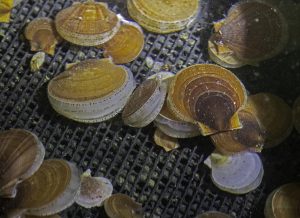
Study: Ocean acidification and ocean warming hinder juvenile Atlantic sea scallop growth
Researchers find that ocean acidification conditions projected between now and 2100 would hinder the growth of juvenile Atlantic sea scallops.
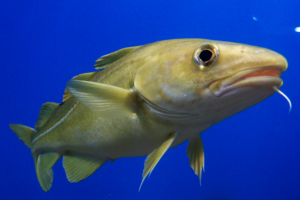
Diverse responses to salinity change in Baltic cod subpopulations
This study provides insight into the pathways and functional categories involved in the response of two Baltic cod subpopulations to salinity changes.
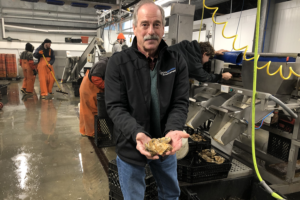
Threatened by climate change, Maine oyster grower adapts how his business ‘interacts with the planet’
Climate change dictates how oyster farmers operate. To handle heavy rainstorms, Bill Mook's latest adaptation includes underground water tanks.
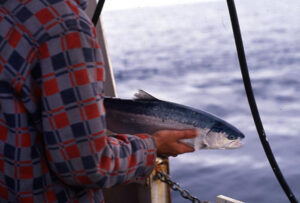
New database revealing salmon patterns at sea aims to curb IUU fishing
A new analysis of where salmon are concentrated at sea could aid with fisheries management and help curb IUU fishing.
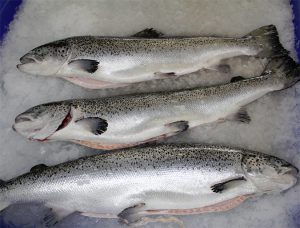
Aquaculture viruses: An Atlantic salmon case study
Viruses often are the most potentially damaging pathogens in nature, affecting both wild stocks and farmed animals. Due to an Infectious Haematopoietic Necrosis (IHN) viral outbreak that occurred in Atlantic salmon in British Columbia, Canada some years ago, a vaccine for IHN was developed against this serious threat.
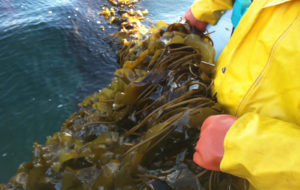
Lean and green, what’s not to love about seaweed?
Grown for hundreds of years, seaweed (sugar kelp, specifically) is the fruit of a nascent U.S. aquaculture industry supplying chefs, home cooks and inspiring fresh and frozen food products.

COEXIST project addresses uses, interactions in Europe’s coastal waters
Throughout Europe, debate is taking place as to whether new fish farms, wind farms, tourist facilities or marine and/or coastal protected areas should be established. Competition for space is increasing. In the COEXIST project, partners from 10 European countries are exploring these developments, aiming to increase synergies and reduce conflicts, particularly with regard to the fields of aquaculture and fisheries.
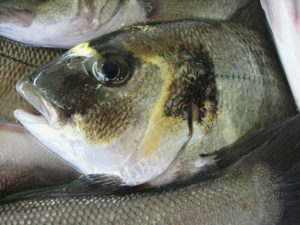
Nutritional compensation supports fishmeal replacement in sea bream feed
In a study with gilthead sea bream, two test diets used primarily soy products as sources of protein and fat against a reference feed based largely on fishmeal and fish oil.
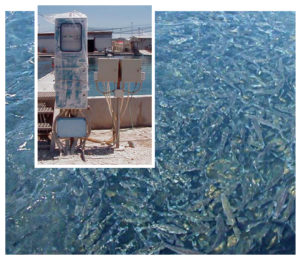
Intensive fish farming in Italy
Intensive production equipment and management techniques allow the Nuova Azzurro Fish Farm in Italy to raise about 50 metric tons of sea bass per raceway per year.
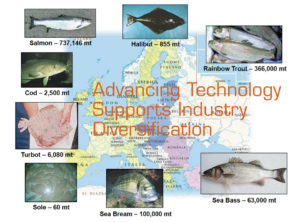
A review of European marine finfish hatcheries
As European aquaculture continues to diversify in the marine fish sector, technology advances and methodology in marine finfish hatcheries are proving vital.
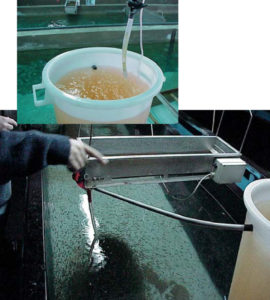
An innovative liquid diet for marine fish larvae
A novel liquid diet was developed and tested for first-feeding marine fish larvae. The diet was water stable, palatable and digestible.
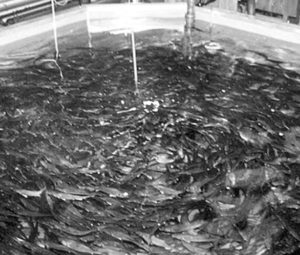
Sea and brackish water recirculation systems for round and flat fish production, part 1
Recirculation systems provide a rearing medium that is qualitatively constant and adjustable, resulting in better survival and growth rates.
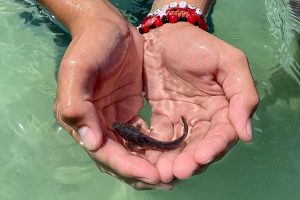
Mexican aquaculture firm releases 30,000 endangered totoaba in the Sea of Cortez
Earth Ocean Farms has released another 30,000 juvenile totoaba into the Sea of Cortez in an effort to replenish stocks of the endangered fish.
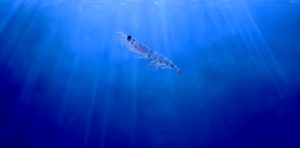
Can a diet that includes Antarctic krill improve sea bream larvae survival?
A new study suggests that sea bream larvae fed on a diet including Antarctic krill show increased survival rates and enhanced growth.
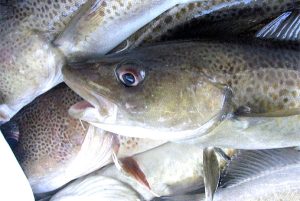
From waste to value: Upgrading marine oils from cod on-board deep-sea vessels
There is a large potential to upgrade currently wasted raw materials like cod residuals into high-quality marine oils for feed ingredients.
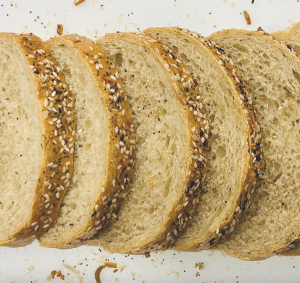
Company granted patent for innovative seaweed integration in commercial baking
Sea & Flour is the first company to integrate seaweed into commercial baking with a patent approved process.
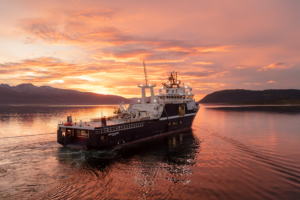
Norway banned scallop harvesting in the Barents Sea. Responsible Seafood Innovation Award finalist Ava Ocean delivered a tech solution.
Ava Ocean proves scallop harvesting in the Barents Sea can be done responsibly using its selective “shellfish picker" technology.
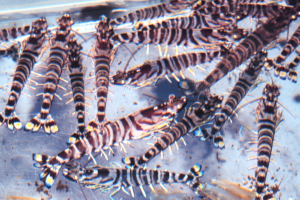
Assessing stock enhancement for Kuruma shrimp using microsatellite markers in the South China Sea
Stock enhancement of Kuruma shrimp did not change genetic characteristics obtained by microsatellite markers in comparison to the original population.
